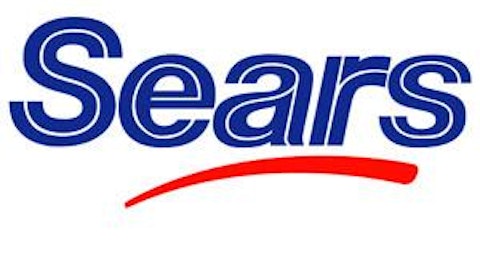A SWOT analysis is a look at a company’s strengths, weaknesses, opportunities, and threats, and is a tremendous way to gain a detailed and thorough perspective on a company and its future. As 2013 begins, I would like to pinpoint on leading retailer with both physical and virtual presences under two distinct brands, Macy’s, Inc. (NYSE:M).
The Business:
Warren Buffett once said, “Never invest in a business you can’t understand.” This not only allows the investor to purchase a company with conviction, however also allows them to spot trends blind to unfamiliar eyes. With this in mind, investors in any company should fully understand the business model of the company. Macy’s operates physical and virtual retail destinations across the United States under the brands of Macy’s and Bloomingdale’s. As of the end of 2011, 842 Macy’s stores were scattered throughout the United States. Because of the incredibly competitive nature of the retail industry, Macy’s profit margin is only 2.39%.
Strengths:
- Steady Revenue Figures: In 2007, Macy’s reported revenue of $26.31 billion; in 2011, the company announced revenue of $26.41 billion, representing year over year annual growth of 0.09%, and this trend of steady revenue is expected to alter into faster paced growth with projections placing 2017 revenue at $30.95 billion

- Institutional Vote of Confidence: 81.22% of shares outstanding are held by institutional investors, displaying the confidence some of the largest investors in the world have in the company and its future
- Reasonable Valuation: Currently, Macy’s carries a price to earnings ratio of 12.25, a price to book ratio of 2.73, and a price to sales ratio of 0.59; all of which indicate a company trading with a fairly reasonable valuation
- Positive Free Cash Flow Position: The company presently withholds $110 million of free cash flow on their balance sheets, which will allow the company to reward investors or reinvest in their own business
- Brand Loyalty: The value of Macy’s brand is estimated to be $6.30 billion, and the incredible quantities of brand loyalty consumers show towards this iconic brand is undeniably a major strength of the company
- Dividend: Presently, the company pays out quarterly dividends of $0.20, which annualized puts the dividend as yielding 2.04%
Weaknesses:
- Complete Concentration in US: Macy’s operations are exclusively located in the United States, and this complete concentration in the US could prove to be a severe weakness in times of economic downfall especially devastating in the US
- Relatively High Volatilely: At the moment, the company possesses a beta ratio of 1.68, which represents a company trading with relatively more volatility than the overall market, a major weakness for long-term investors
- Margin Contraction: Macy’s profit margin has fell from 3.70% in 2007 to 3.40% in 2011 on a trailing 12 month basis, however this margin contraction trend is anticipated to reverse, with projections placing 2017’s profit margin at 6.00%
- Net Debt: Despite possessing $2.83 billion of cash and cash equivalents on their balance sheets, the company’s debt load of $6.65 billion results in a rather substantial net debt of $3.82 billion, a major downside for investors






